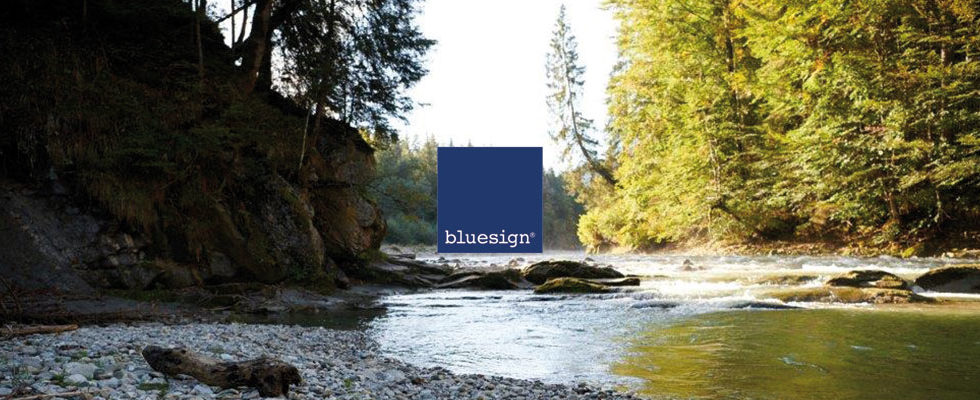Bluesign is a system that seeks solutions for industries and brands to manufacture and process products in a sustainable way. Tools and services are designed to support sustainable development. It excludes environmentally harmful substances from the manufacturing process right from the start, establishes guidelines and monitors compliance within the company for environmental friendly and safe production. In addition, bluesign monitors the progress that companies are making and ensures continuous development along the way to become a more environmentally sustainable company. This ensures that the finished textile product meets strict consumer protection requirements worldwide and gives consumers the confidence to buy a sustainable manufactured good.
The supported companies commit themselves to act responsibly and sustainable towards people, resources and the environment according to the strict bluesign criteria. In addition, they must disclose all relevant information to create transparency and traceability of the processing steps. Intermediate products are also bluesign tested and form the basis for a bluesign certified good. Products that have been processed at least 90 % in certified factories may bear the bluesign seal.
Bluesign partners include Haglöfs, Houdini, La Sportiva, Maloja, Norrona, Patagonia, Schöffel, Vaude, Deuter, Edelrid, Salomon, Marmot and Salewa.
Would you like to learn more about sustainability? Then you might also be interested in the following articles:

